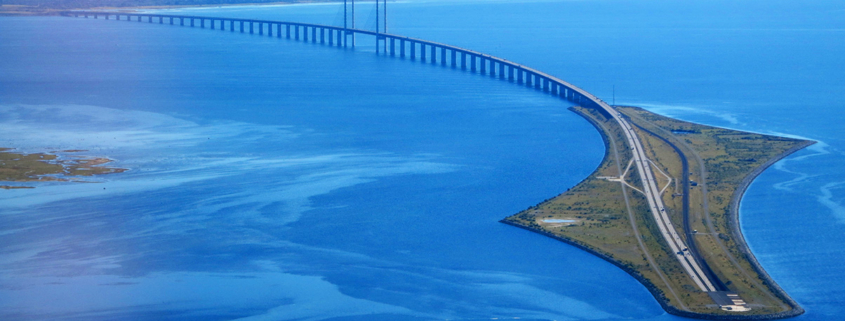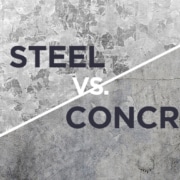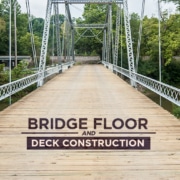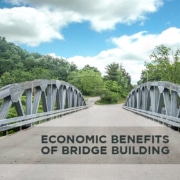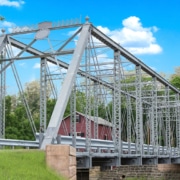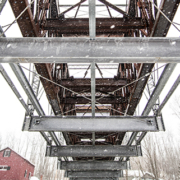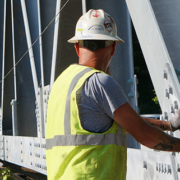Under (and Over) the Sea: Traveling with a Bridge Tunnel
Have you ever been driving on a bridge you’re not familiar with and then, all of a sudden, the road starts to lead you underwater? You may feel nervous, amazed, and even confused at first, but bridge tunnels are safe and incredibly effective transportation. Here is an overview of a bridge tunnel, its purpose, and some famous examples from around the world.
What is a Bridge Tunnel?
Bridge tunnels are structures that feature both a bridge section and at least one underwater tunnel section. The purpose of these structures is to allow for the continuous and simultaneous flow of vehicle and boat traffic.
An alternate solution is a moveable bridge, which is a bridge that can move or lift in order to accommodate the passage of boats and ships. There are many types of movable bridges that have been in use for hundreds of years, including drawbridges, vertical-lift bridges, and swing (pivot) bridges.
The drawback is that moveable bridge traffic can hold up traffic and aggravate commuters, especially near bodies of water where shipping is common.
Enter the bridge tunnel. This engineering marvel makes it so that all traffic can continue to flow; boats, trucks, cars, and cargo ships can all use the same transportation space in peace without disrupting one another.
Famous Bridge Tunnels
The Chesapeake Bay Bridge Tunnel
Each tunnel is over one mile long and easily allows for the passing of ferries and cargo ships without disrupting the flow of traffic. At the time of its completion in 1964, it was named “one of the seven engineering wonders of the modern world.”
The Hampton Roads and Monitor-Merrimac Memorial Bridge Tunnels
Prior to the Chesapeake Bay, Virginia boasted the world’s first-ever bridge tunnel to finish construction. The Hampton Roads Bridge Tunnel, which connects Hampton and Newport News to Norfolk and Virginia Beach, was completed in 1957 and measures 3.5 miles in length.
The third and final bridge tunnel located in the United States is the Monitor-Merrimac Memorial Bridge Tunnel, which connects the Virginia Peninsula cities of Newport News and Hampton to Suffolk and Chesapeake. This was completed in 1992 and measures 4.6 miles in length.
These two bridge tunnels have significantly improved the flow and amount of tourism traffic between all of these high-volume areas, which benefits residents and visitors alike.
The Hong Kong-Zhuhai-Macau Bridge
In 2018, the world’s longest bridge tunnel completed construction and opened for public transportation in China. The Hong Kong-Zhuhai-Macau bridge measures a total of 34 miles in length, connecting Hong Kong to the Pearl River Delta in Guangdong province and the city of Macau. By significantly reducing travel time between these three regions, Chinese government officials are optimistic about the economic benefits and tourism booms for all areas.
The Way of the Future?
Whether traveling by land or sea, commuting over a bridge tunnel can save a lot of traffic jams and headaches. As more and more cities see the potential benefits of these structures, perhaps these architectural wonders will be the way of the future. If a body of water is long enough and the traffic in the area is heavy enough to warrant building a bridge tunnel, it could help commuters, residents, and visitors all have a better travel experience.
Built to Last
With more than 80 years of bridge-building expertise and as an AISC-recognized supplier, we know what it takes to complete the task, no matter the difficulty. We use only the best resources to build strong, dependable bridges. We take pride in offering a huge selection of prefabricated bridge designs that we are certain will perfectly suit the demands of your particular project.
Contact us today to start your next project, or check out our premier BridgeScope tool to get a head start on the process.

